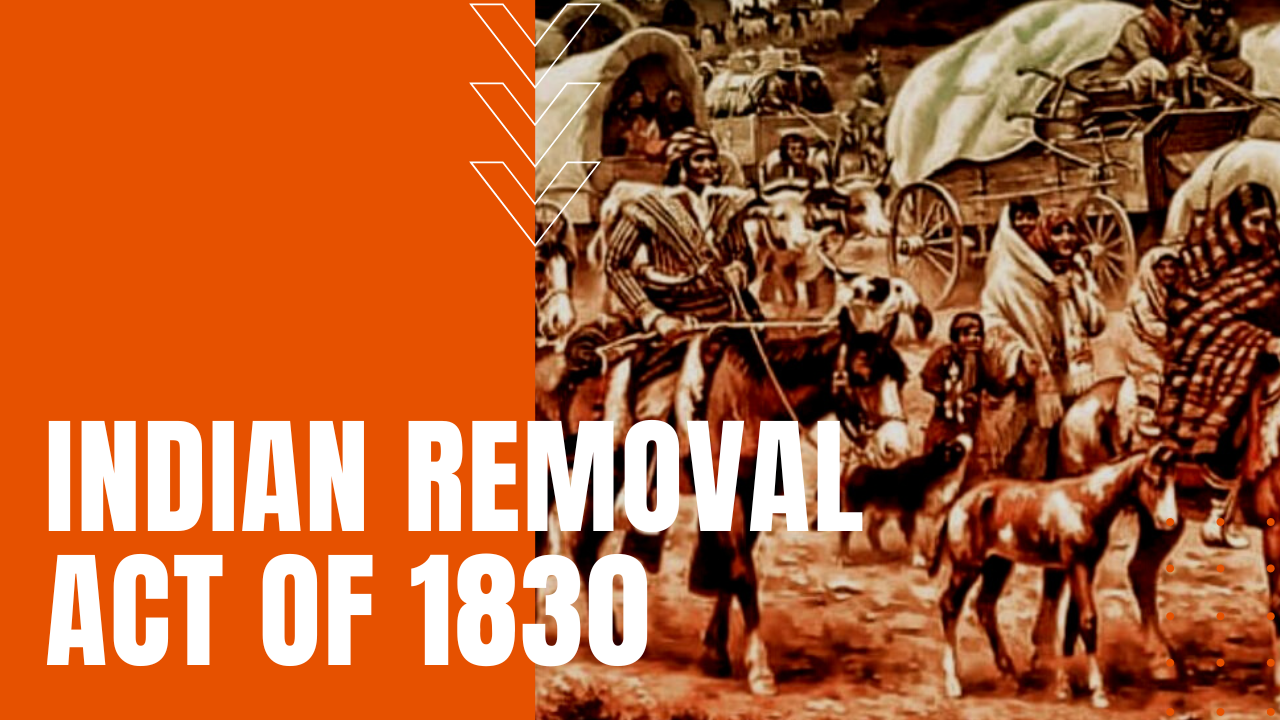Indian Removal Act of 1830

Amid increasing pressures by European settlers in the Southeast United States to remove Native Americans from lands east of the Mississippi, President Andrew Jackson gained Congressional passage of the Indian Removal Act in 1830, which kicked off a series of forced relocations of Native Americans that collectively became known as The Trail of Tears.
Tribes Forced From Their Land
First came the removal of the Choctaw People in 1831, followed by the Seminoles in 1832, the Creeks in 1834, the Chickasaws in 1837 and the Cherokee Nation in 1838. Of the 16,543 Cherokees that were relocated in ’38, scholars now believe that approximately 2,000-8,000 perished along their route into modern-day Oklahoma.
Known collectively as the Five Civilized Tribes, all told, some 60,000 Native Americans and black slaves that lived among the tribes were forced to relocate out of the American Southeast, causing many to die from exposure, disease and starvation along the 2,200 miles of land and sea routes established by the federal government.
How Many Native Americans Died After Removal Act?
While the U.S. government at first acknowledged that 400 Native Americans had perished during these forced marches, scholars soon revised that number upwards to 4,000, although many historians today suggest that the Cherokee migration alone killed one-quarter to one-third of her people when they were forced to march 10 miles a day in knee-deep snow.
By 1837, some 46,000 Native Americans had been removed from their homelands, opening up 25 million acres for resettlement by predominantly European immigrants. People at the time of the Trail of Tears migrations knew what the federal government was doing was wrong, maybe even illegal in light of previously signed treaties with the Southeastern Indians, yet under the uniquely American belief in manifest destiny and American exceptionalism, most white Americans looked away in the name of progress, expansion, and a greed-inspired thirst for land ownership.
